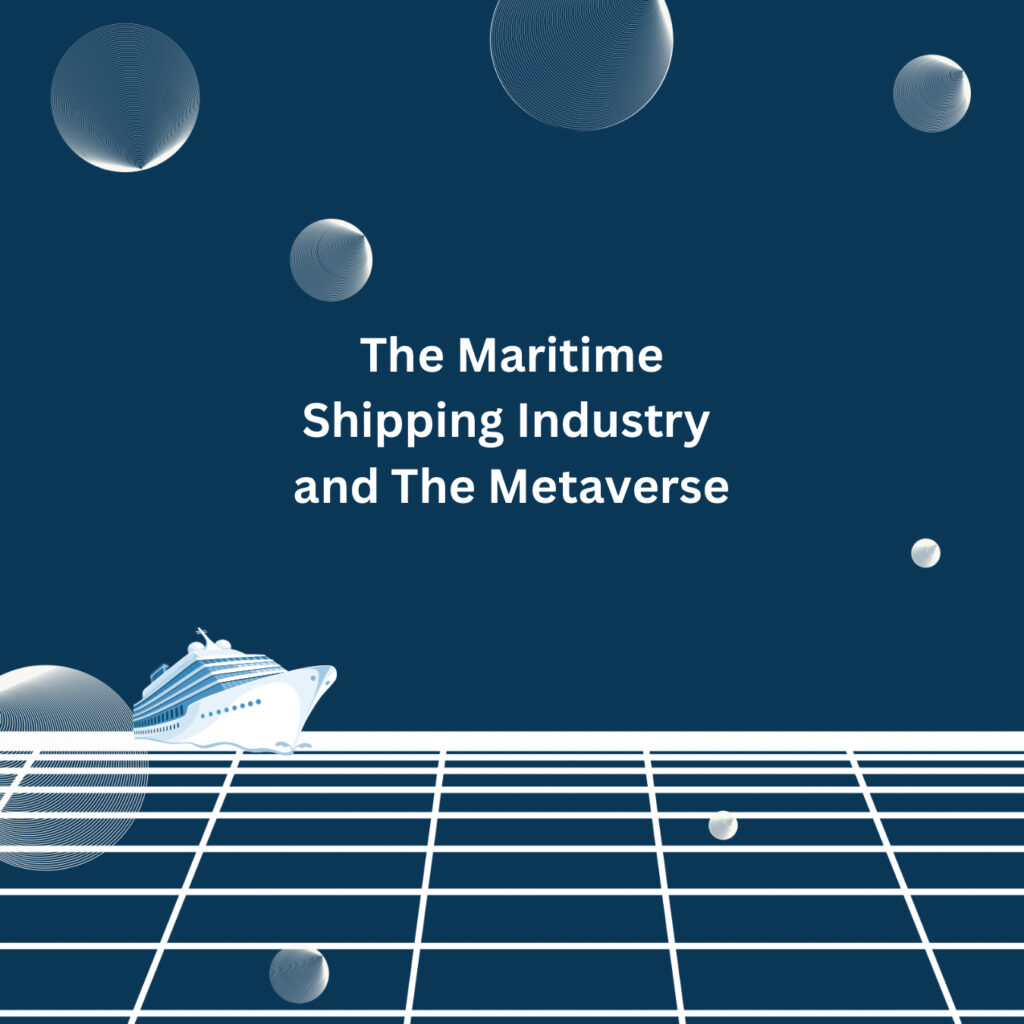The maritime shipping industry & the metaverse
The maritime shipping industry has the potential today to benefit greatly from the metaverse – a virtual reality space where users such as shipping professionals can interact and engage in various beneficial activities. The industry, plagued by issues such as piracy, inefficiencies, high costs, and over-reliance on physical presence, can solve some of those problems by incorporating the metaverse into its operations. This post discusses the role of the metaverse in the maritime shipping industry and how it has the power to revolutionize the sector.


What is the Metaverse?
The metaverse is a virtual reality space where people can interact with each other in a three-dimensional world that imitates the real world in many practical ways. It is often described as an extension of the internet, providing a more immersive experience for users. The space is mostly accessed through virtual or augmented reality headsets, and users can interact with each other and various objects in the virtual world.
Benefits of the metaverse in the maritime shipping industry:
- Increased Efficiency
Incorporating the metaverse into the maritime shipping industry can lead to increased efficiency. In the metaverse, shipping professionals can work collaboratively, conduct meetings, and discuss strategies from different parts of the world. This can reduce the need for physical presence, which can be time-consuming, cumbersome, and costly. Furthermore, the metaverse can automate some processes, reducing the need for manual work, and increasing overall efficiency.
- Improved Security
The maritime shipping industry faces numerous challenges, including piracy, theft, and vandalism. Incorporating the metaverse can improve security by providing real-time monitoring of ships’ movements, reducing the risk of piracy and theft. Shipping professionals can also assess potential risks and develop preventive measures in a more efficient and fast manner.
- Simulation and Training
The metaverse can be instrumental in training crew members by simulating different scenarios within the virtual world. This can be especially useful in an emergency where physical training may not be enough. The metaverse can simulate adverse weather conditions, ship malfunctions, and other scenarios that may require quick thinking and decision making. This can lead to a better prepared and more capable crew.
- Cost Reduction
Maritime shipping involves numerous costs, including fuel expenses, maintenance costs, and port fees. Incorporating the metaverse can reduce some of these expenses by reducing the need for physical presence. Shipping professionals can conduct meetings, attend to cargo operations, and assess ship maintenance needs without necessarily being on the ship. This can lead to significant savings on travel and accommodation expenses.
- Increased Collaboration
The metaverse can provide a conducive environment for shipping professionals to collaborate and brainstorm. They can share ideas and best practices, leading to better strategies and solutions. Furthermore, the metaverse can enable professionals from various sections of the industry, such as shippers, port operators, and logistics providers, to collaborate effectively.
The metaverse can revolutionize the maritime shipping industry by increasing efficiency, improving security, enabling simulation and training, reducing costs, increasing collaboration, and providing better engagement. However, its implementation will require significant investments in technology and infrastructure. Nonetheless, the benefits of incorporating the metaverse into the maritime shipping industry outweigh the challenges.

Leave a Reply